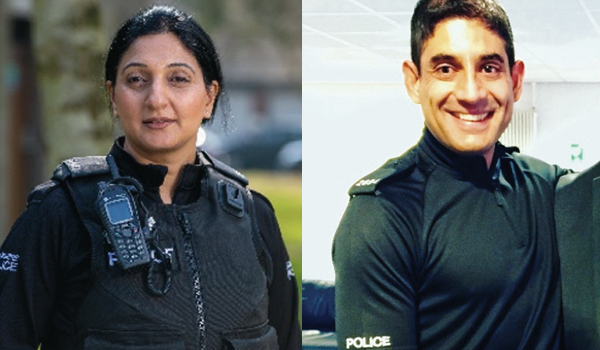Early intervention in the County Lines battle
The issue of eliminating County Lines drug operations has been perplexing police and local authority service partnerships for years now, as the criminal gangs responsible for them have evolved their enterprises to avoid detection by law enforcement.
This shift in drug dealing methodology has seen criminals coercing younger and younger perpetrators to operate at the sharp end of the trade, trafficking and selling drugs up and down the country on their behalf.
The subject was covered in Channel 4’s Dispatches programme, Britain’s Child Drug Runners. It says 14 to 17-year-olds are the most vulnerable to exploitation and that the Children’s Commissioner estimates some 50,000 children are being exploited in County Lines activities. They are falling into County Lines operations as a result of being seduced by a lifestyle of money, clothes, cars and respect.
So, how can we, as a society and through our services, tackle this issue which is occurring in every town across the country?
Early intervention, largely agreed on as the panacea for County Lines, is easier said than achieved. How can schools, local authorities, youth services, youth justice teams and the police align and move to recover the lives and futures of these exploited children?
Awareness will play a major role. As noted in Channel 4’s documentary by the pressured Thames Valley Police, County Lines are happening right under the noses of the rest of the population, down back alleys and in the homes of vulnerable drug addicts. Fortunately, experienced leaders governing multi-agency services such as Multi-Agency Safeguarding Hubs (MASH) and Youth Offending Services, have shown how to build and sustain effective responses, particularly where statutory partnerships align around child-first policy, insights and information from practice systems and outcomes. Technology is playing a pivotal role in aligning these processes.
This is where data mapping and deeper understanding can play such an important role. Schools, police and local children’s authorities all have observations and data on these children, which can be brought into sharper focus and visualised. As we see in the documentary when one girl is arrested, the police have information on her which informs their strategy to best deal with her immediate situation. She is known to them. The problem is, she is already submerged in the world of drug dealing, so it is impossible for the police and children’s services to effectively deal with her situation given the small window of time and priority that they have.
We can, however, build and use the links and insights better. Is school progress and attendance illustrating a pattern? Who knows about the young person’s peer group and family? Have the police or others been reacting to incidents? All these factors and our understanding of adolescent vulnerability can be linked and made transparent to be used for honing early intervention efforts. We can start to join the engagement dots. We can use practice-based evidence to identify the journey that exploited young people have been on to find and make sense of commonality, missed opportunities and protective factors. We can look beneath the surface.
Combining rich data and understanding to inform service leaders where to focus efforts across a complex system of influences will drive learning and efficiency in early intervention and optimise the limited multi-agency resources available. Otherwise, as we have seen, by the time we react to escalating incidents, it can already be too late.
Courtesy of CACI. To read the full article visit https://www.caci.co.uk/blog/early-intervention-county-lines-battle and https://pages.caci.co.uk/ CYP-Youth-Justice.html
Marc Radley, Strategic Director, CACI Child and Young Persons Division





